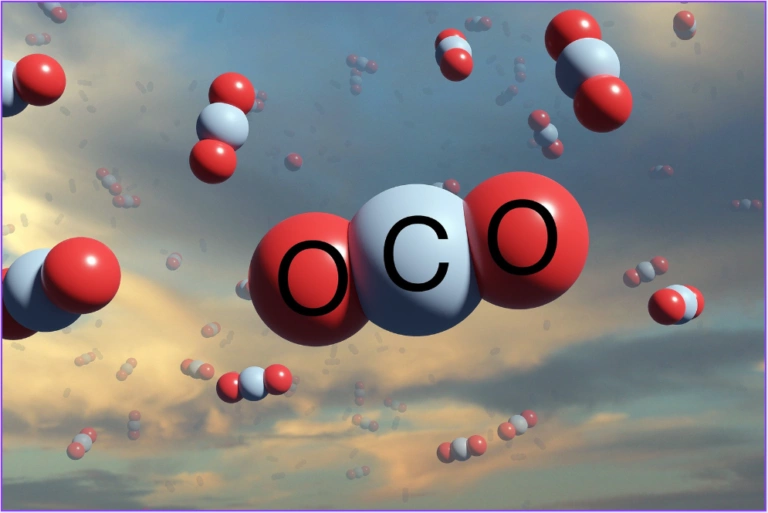Carbon dioxide emissions are a major cause of the current climate crisis facing the planet. This gas, known scientifically as CO2, is released into the atmosphere through both natural processes and human activities. While carbon dioxide is naturally present in the air and essential for life, the rapid increase in its levels due to human actions has intensified the greenhouse effect, leading to global warming and significant changes in Earth’s climate.
The primary source of carbon dioxide emissions comes from burning fossil fuels such as coal, oil, and natural gas. These fuels power electricity generation, transportation including cars and airplanes, and heating systems around the world. Industrial processes, like the manufacturing of cement, also produce large amounts of CO2. Deforestation worsens the problem by reducing the number of trees that absorb carbon dioxide through photosynthesis. When forests are cut down or burned, they release stored carbon back into the atmosphere, further adding to emissions.
Carbon dioxide plays a crucial role in trapping heat within the Earth’s atmosphere. This natural process, known as the greenhouse effect, keeps the planet warm enough to sustain life. However, human activities have greatly increased CO2 concentrations, strengthening this effect and causing the planet’s temperature to rise. This warming influences weather patterns, melts glaciers and ice caps, and causes sea levels to rise. It also affects ecosystems, threatening plant and animal species and disrupting food chains.
Scientists measure carbon dioxide concentrations using atmospheric monitoring stations and satellites. Since the late 1800s, known as the pre-industrial era, CO2 levels have risen from approximately 280 parts per million (ppm) to over 420 ppm today. This sharp rise aligns closely with the Industrial Revolution and the increased use of fossil fuels. These measurements highlight how human activity has dramatically altered the composition of the atmosphere in just over a century.
To address the threat posed by carbon dioxide emissions, experts have developed the concept of a carbon budget. This budget represents the total amount of CO2 that can still be emitted while keeping global temperature rise below critical limits, such as 1.5°C or 2°C above pre-industrial levels. Staying within this budget is vital to prevent the most dangerous impacts of climate change, including extreme weather events, widespread flooding, and damage to human health. However, if emissions continue at current rates, the carbon budget will be exhausted soon, increasing the likelihood of severe and irreversible climate impacts.
Efforts to reduce carbon dioxide emissions are central to the global response to climate change. Transitioning to renewable energy sources like solar, wind, and hydroelectric power helps cut reliance on fossil fuels. Improving energy efficiency in homes, businesses, and transportation also plays a significant role. Protecting and restoring forests increases the natural absorption of CO2, while developing technologies such as carbon capture and storage aims to remove emissions directly from the air or prevent them from reaching the atmosphere.
International agreements and policies are essential in coordinating efforts to limit carbon dioxide emissions. The Paris Agreement, signed by nearly 200 countries, aims to keep global temperature rise well below 2°C, with efforts to limit it to 1.5°C. Many nations have set targets to achieve net-zero emissions by mid-century. This means balancing the amount of carbon dioxide released with the amount removed from the atmosphere to halt the rise in global temperatures. Businesses and investors are also increasingly focused on reducing their carbon footprints to meet these goals.
Despite these efforts, global carbon dioxide emissions remain high. Balancing economic growth, energy needs, and environmental protection is a complex challenge for governments and industries worldwide. Technological innovation and strong political commitment are crucial for achieving rapid emission reductions. Failure to act swiftly risks more severe climate change impacts that will affect millions of people, especially vulnerable communities living in coastal areas or regions prone to drought and extreme weather.
Carbon dioxide emissions are at the heart of the climate challenge facing humanity. Understanding their sources, impacts, and the urgent need to reduce them is essential for protecting the planet’s future. With increased global awareness and cooperation, it is possible to move towards a more sustainable and stable climate.







